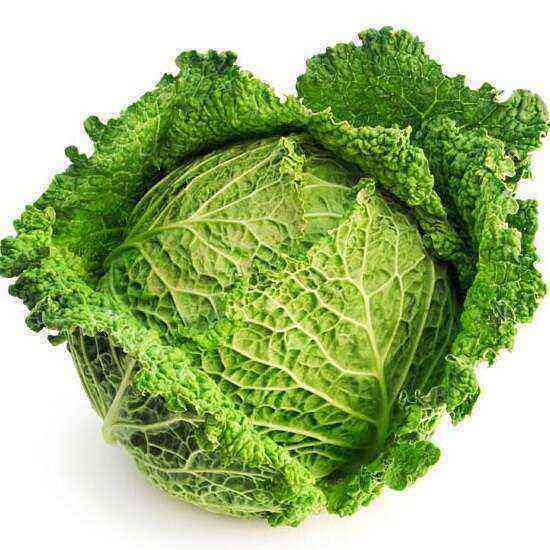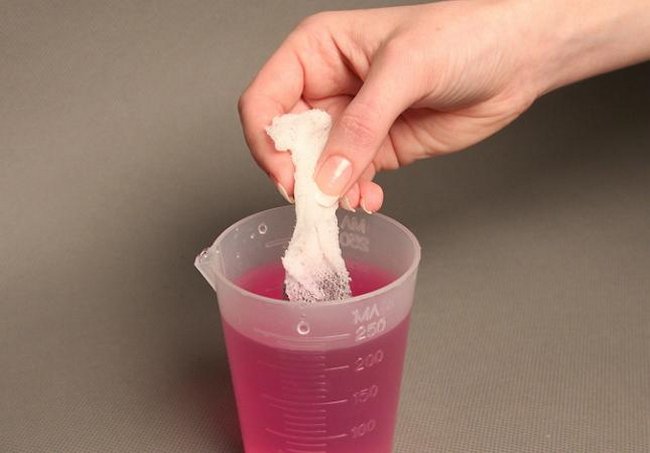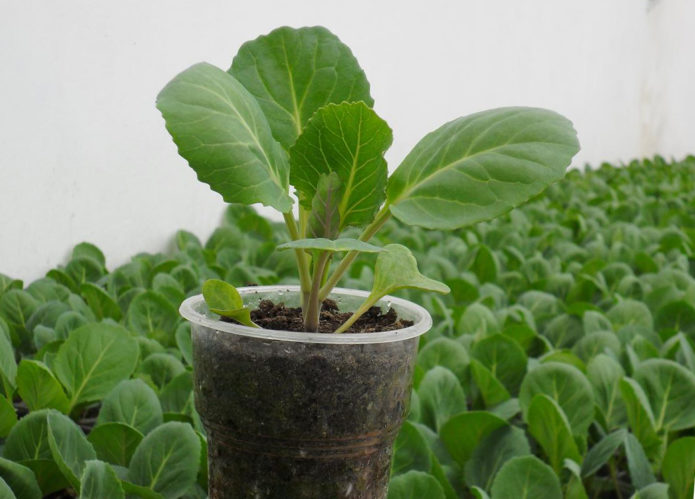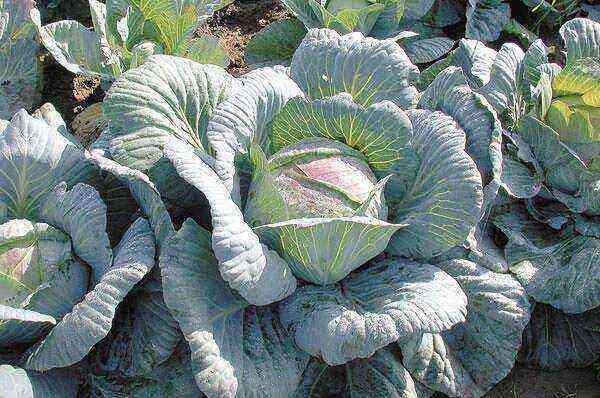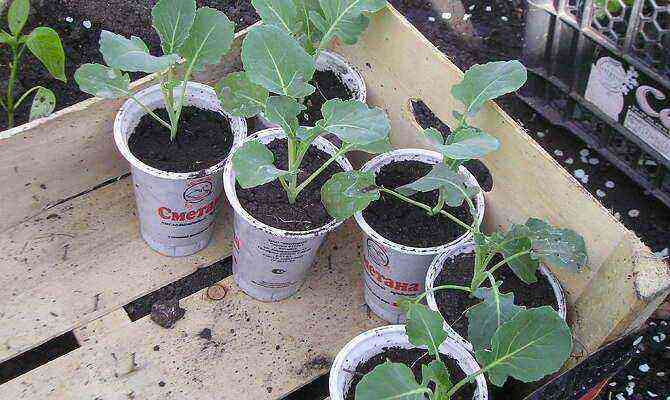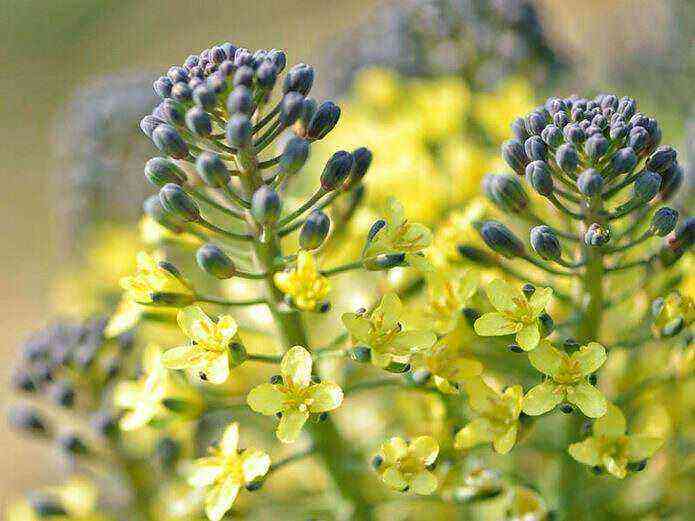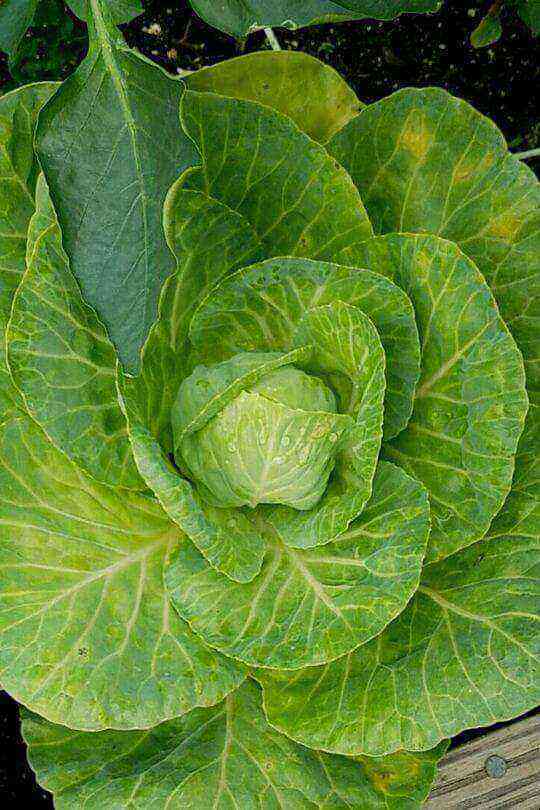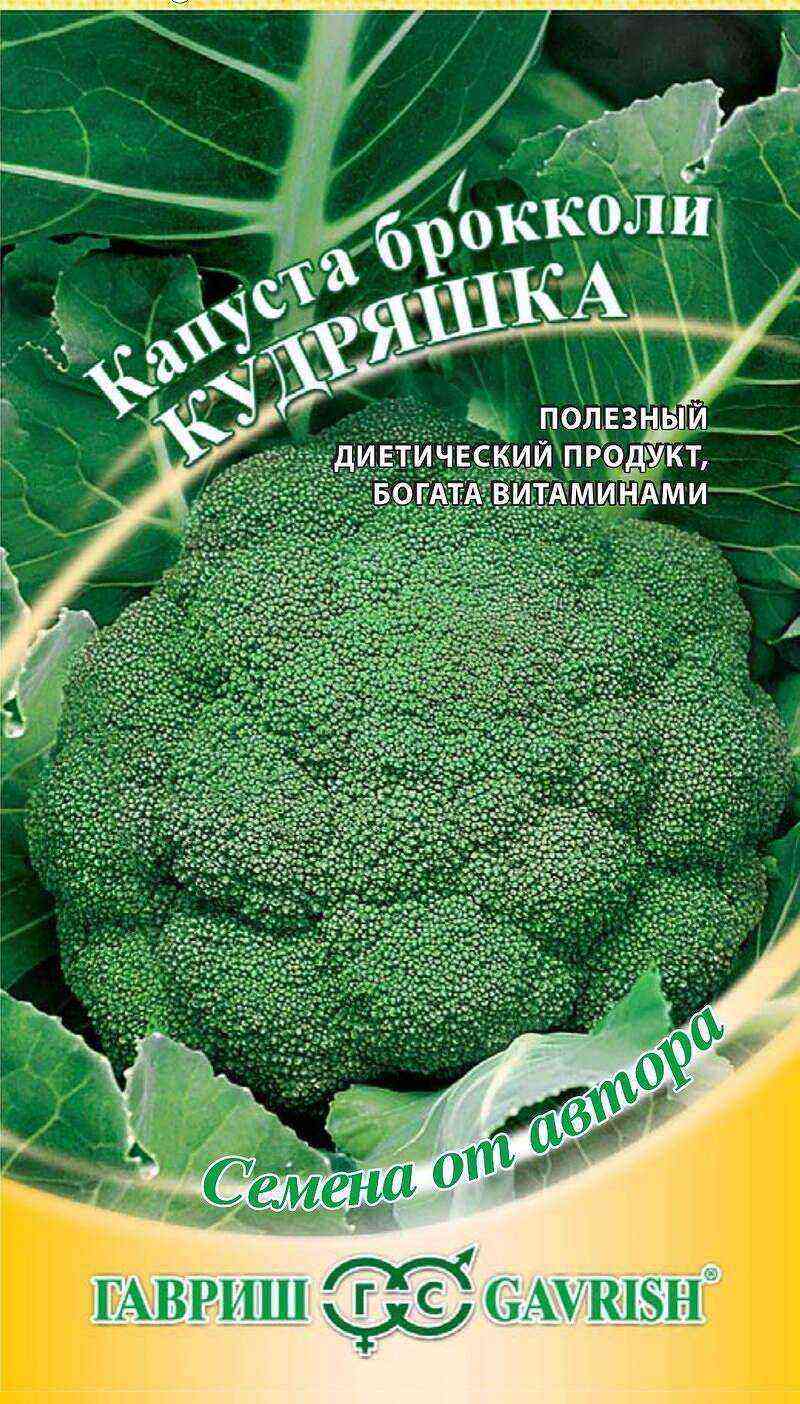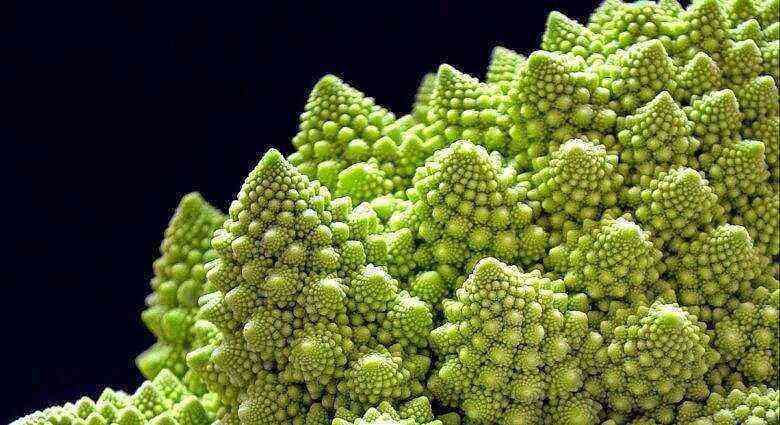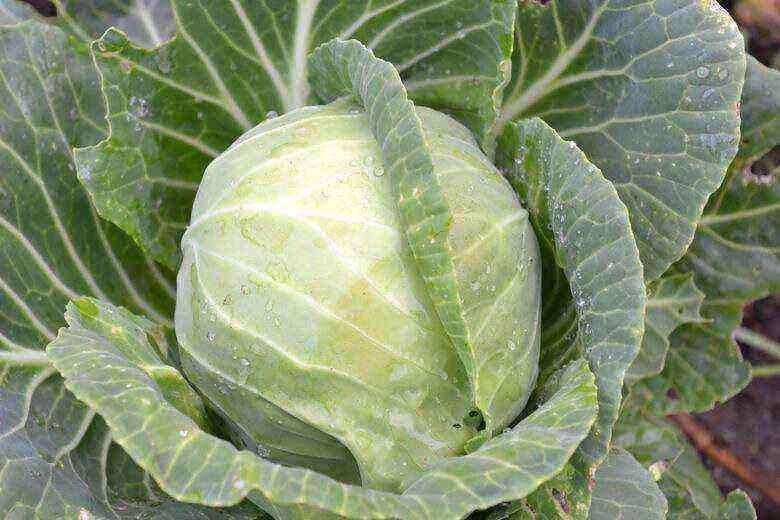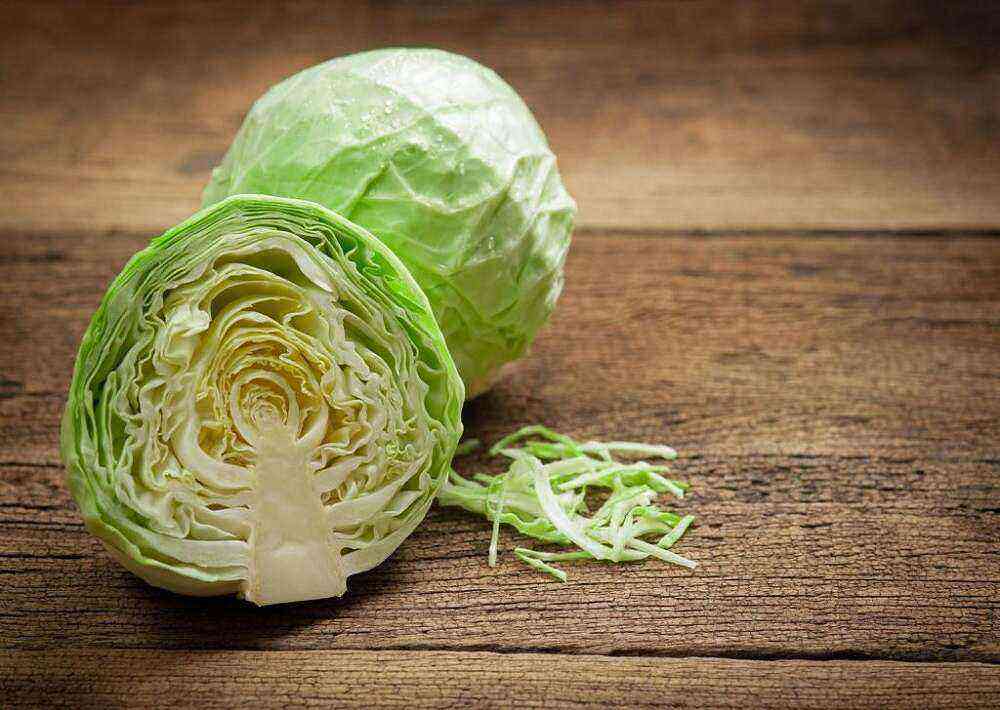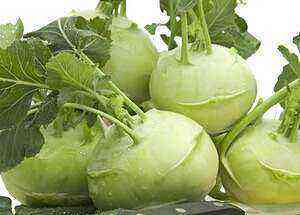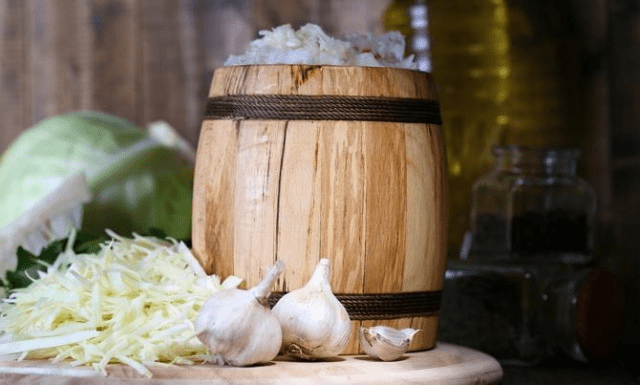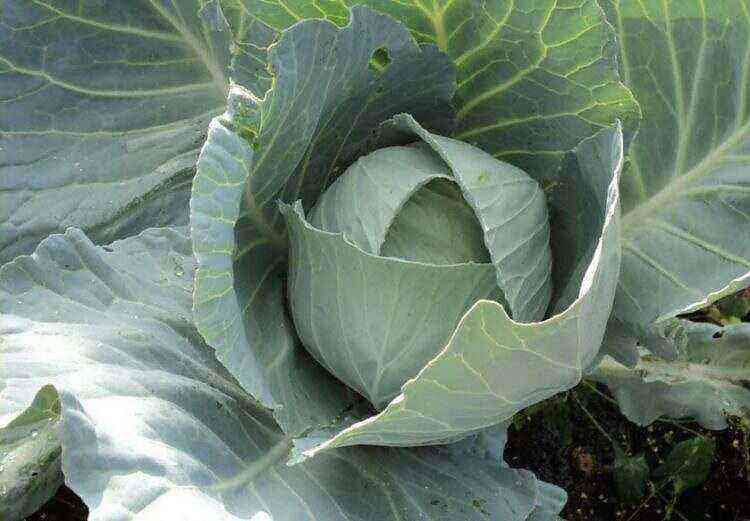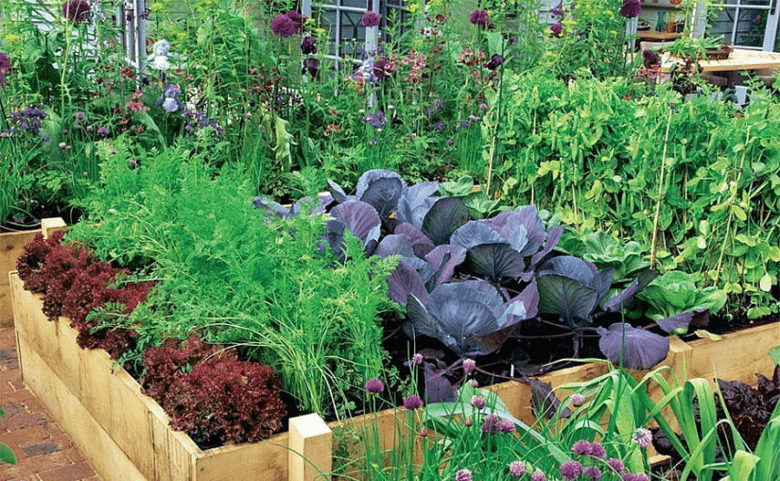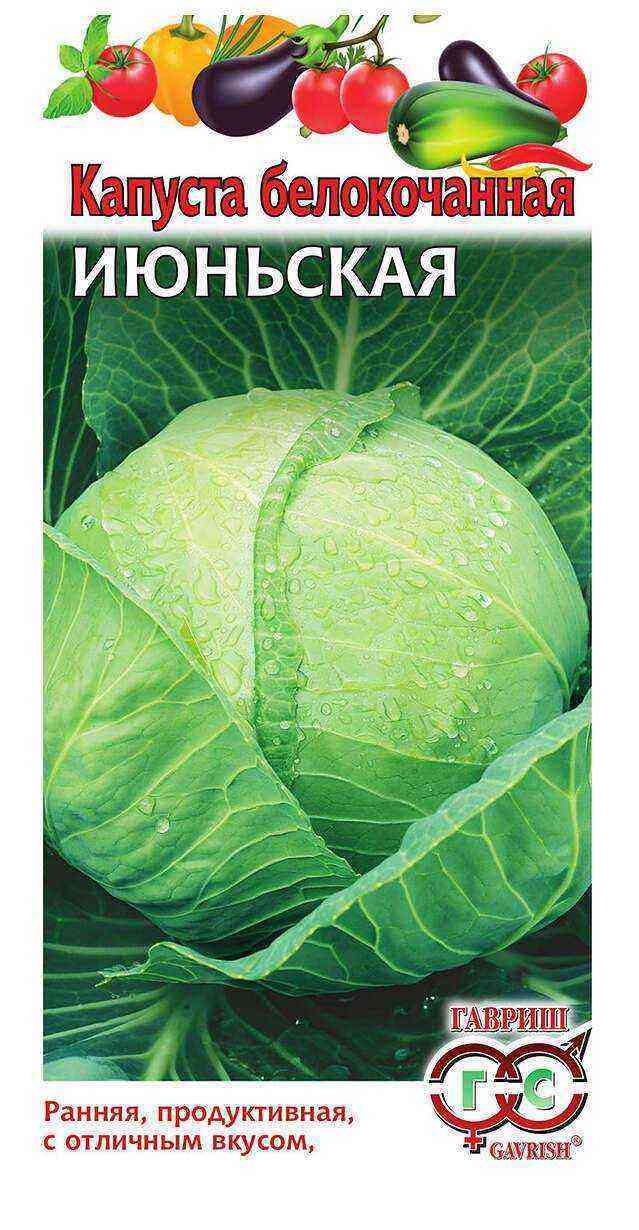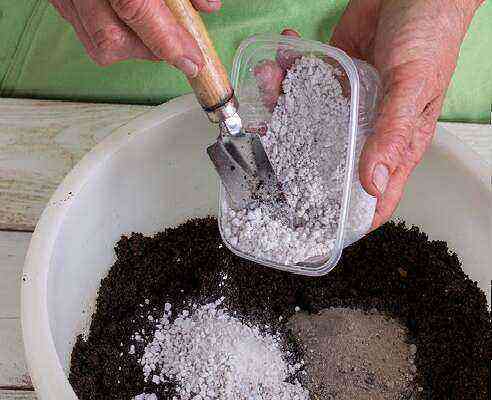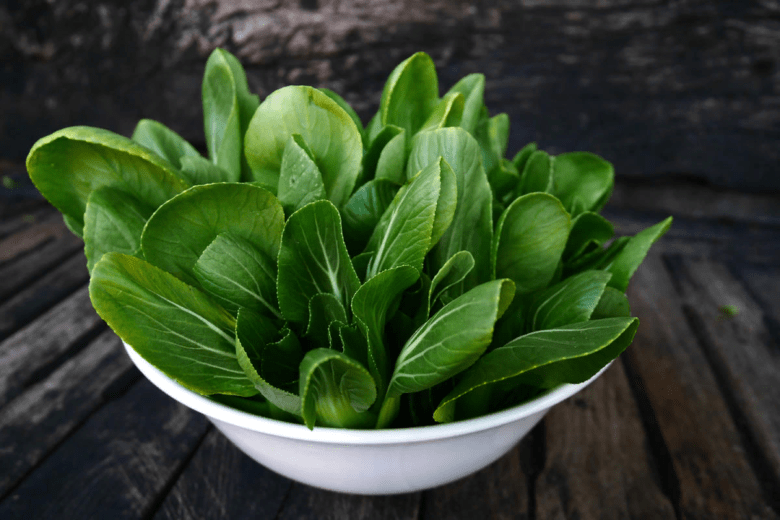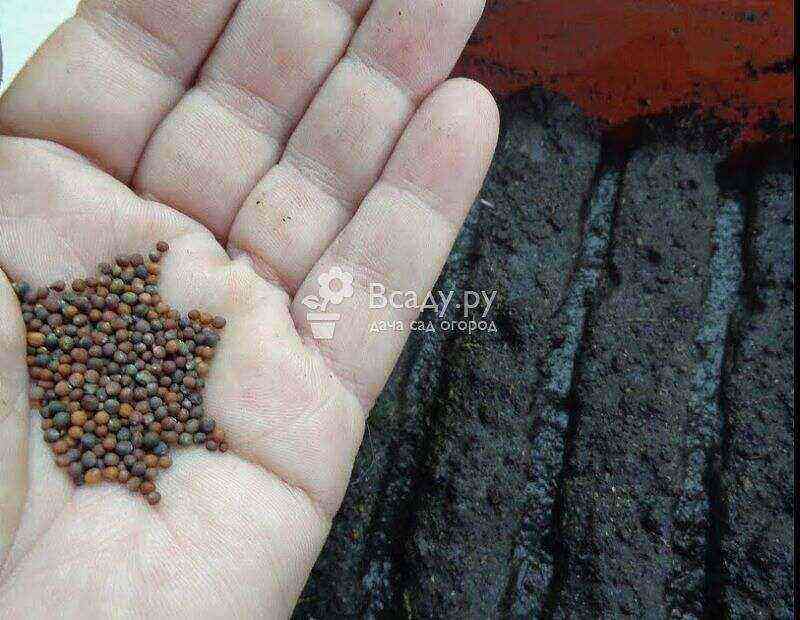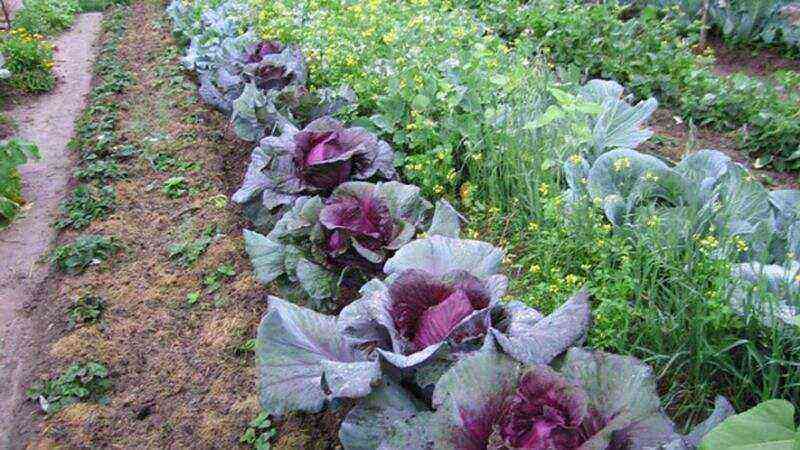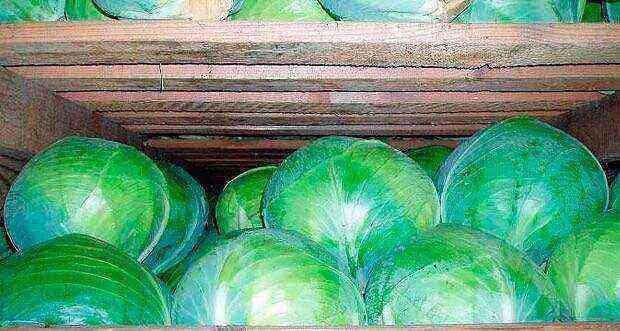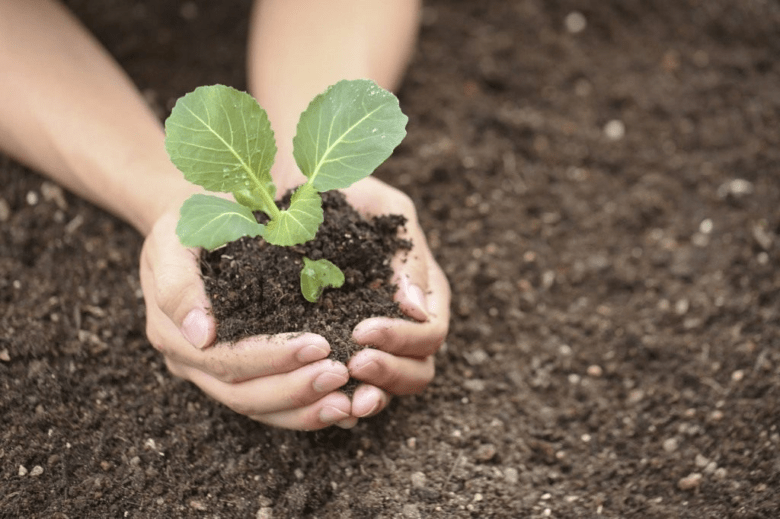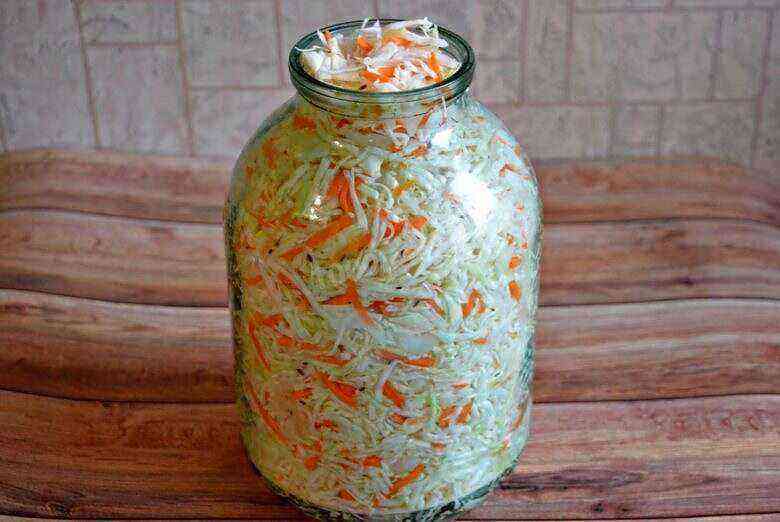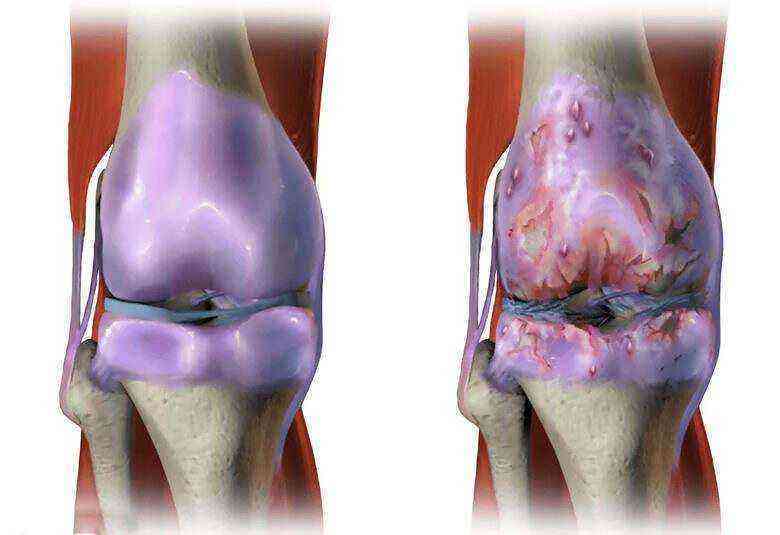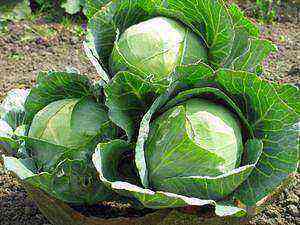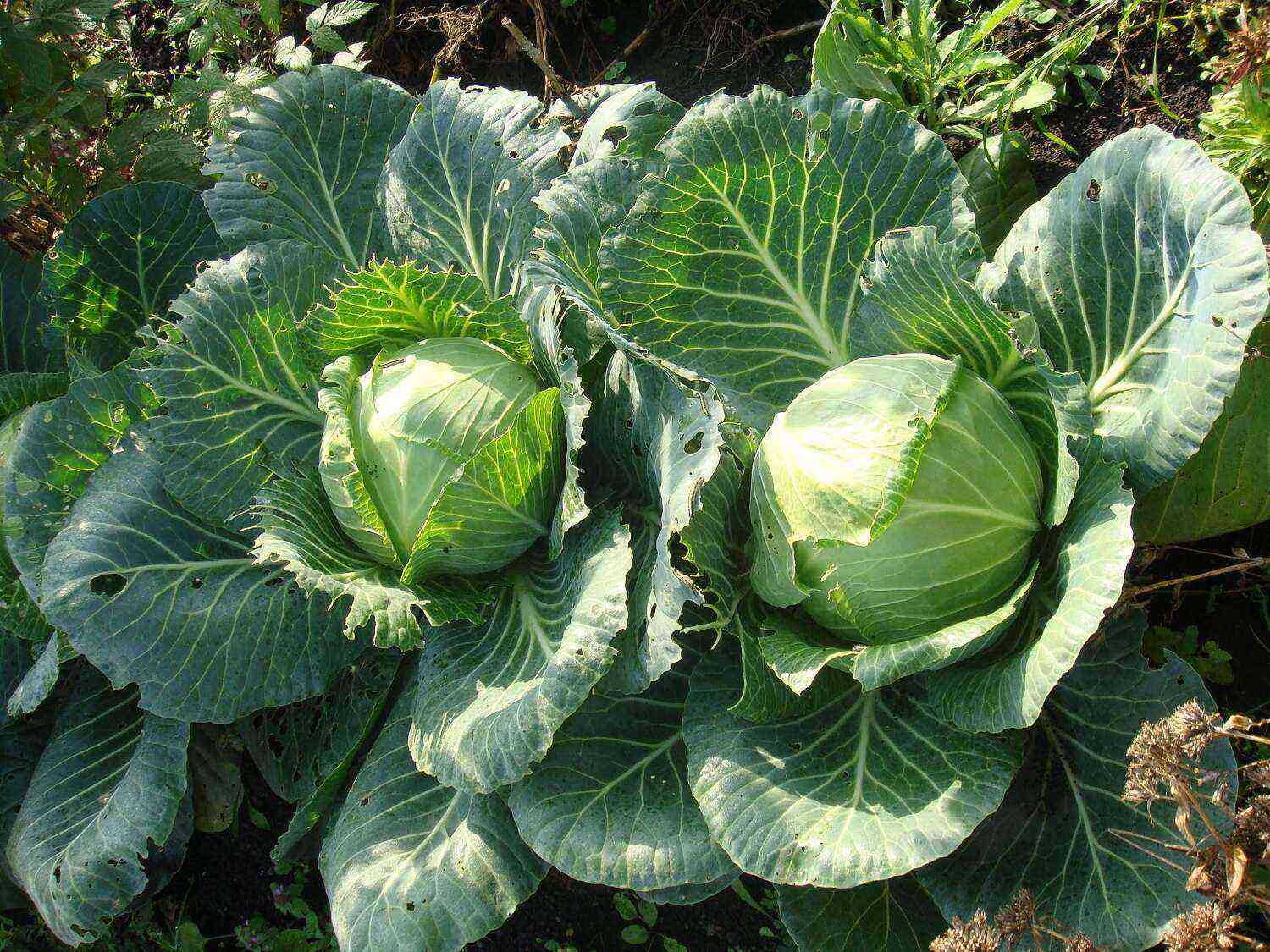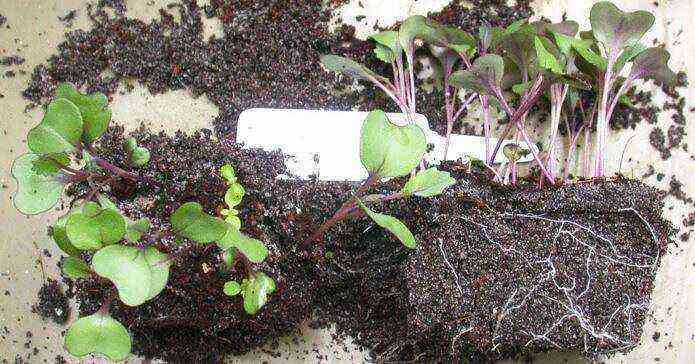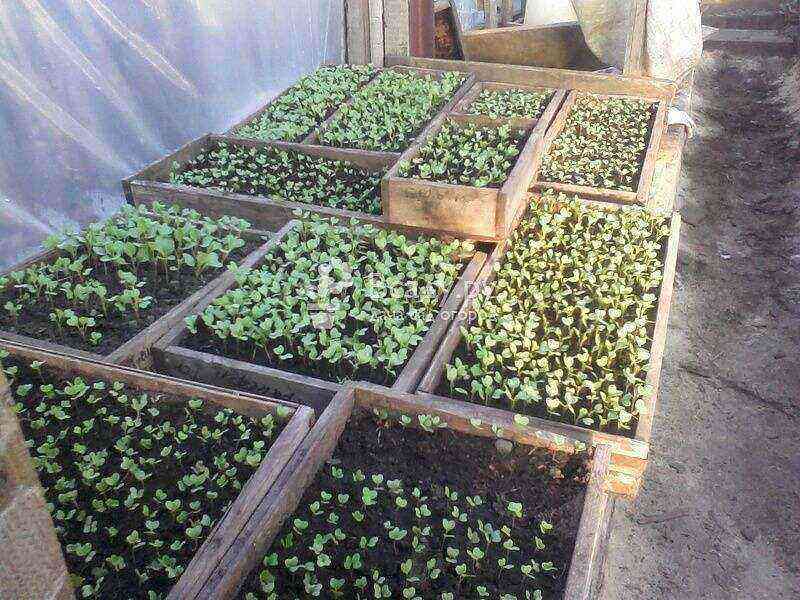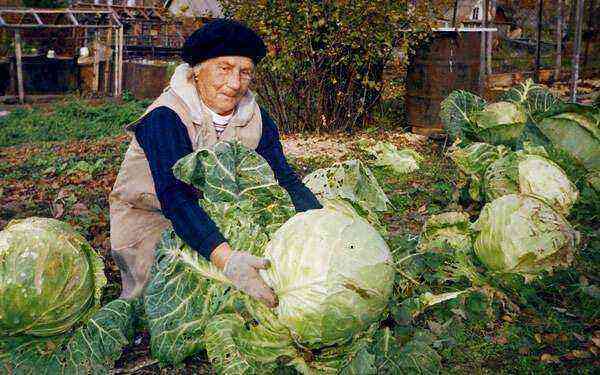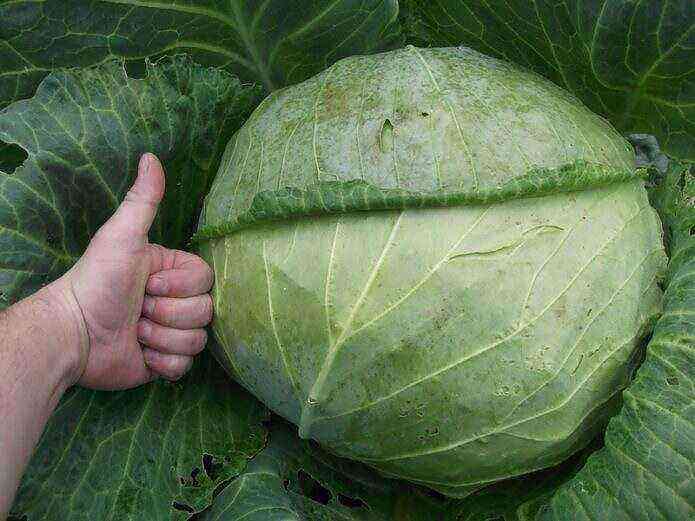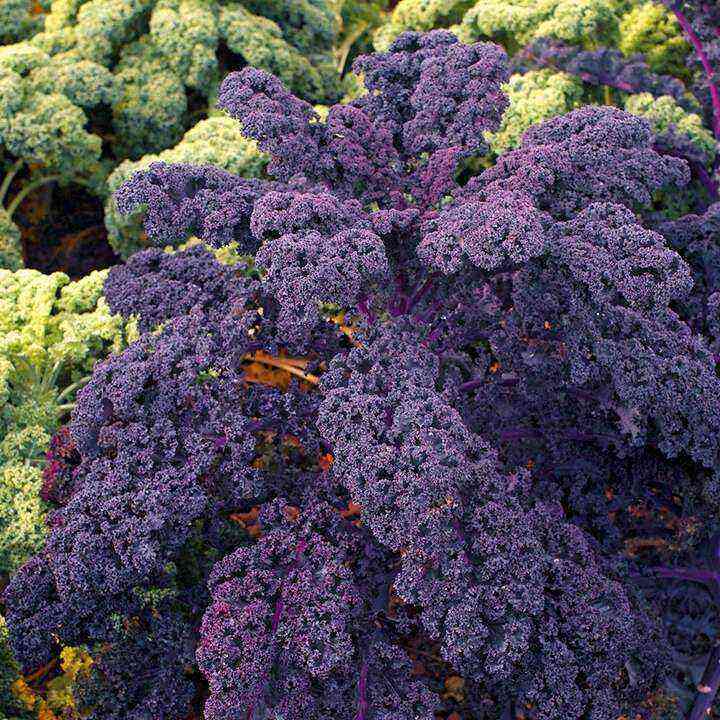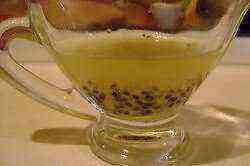It is rare to find a plot where cabbage is not grown at all. Most often, gardeners plant white cabbage. However, there are other varieties, for example, its relative – Savoy cabbage, which also belongs to the type of Cabbage.
What is Savoy cabbage
Like the usual white cabbage, Savoy cabbage has large heads of cabbage, but their structure is loose, and the leaves are thin and corrugated.
Although Savoy cabbage is cold-resistant and therefore suitable for the Russian climate, it is not very common in our country. Probably, this is the case because of the low yield compared to the white one. There is another disadvantage – Savoy cabbage cannot be fermented. However, it tastes better, softer than traditional cabbage and is perfect for salads, stews, soups and pie filling.
The nutritional value
Savoy cabbage is not only tasty, but also healthy:
- Compared to other types of cabbage, it contains more vitamins and minerals, such as phosphorus and calcium;
- a significant amount of potassium has a good effect on the heart and blood vessels;
- vitamin C in it is not less than in citrus;
- rare vitamin U is also found in savoy cabbage;
- there is practically no starch and sucrose in it, which is good for diabetics;
- Savoy cabbage contains a lot of fiber and is therefore suitable for dieters.
Due to its high fiber content, Savoy cabbage is not recommended for people with gastritis, pancreatitis and gastrointestinal ulcers, as well as for those who have recently undergone surgery in the chest or abdomen.
Table: Nutritional value of Savoy cabbage (per 100 grams)
Calories Protein Fats Carbohydrates Dietary
fiber Water 24 kcal 1,8 g 0,1 g 5,4 g 2,8 g 92 g
Video: useful properties of savoy cabbage
Varieties included in the State Register
Many growers produce Savoy cabbage planting stock, and there is no single opinion which one is better. General recommendations for selection are as follows:
Consider the most popular varieties of savoy cabbage, registered in the State Register of Breeding Achievements.
Early ripe
Early ripening varieties ripen in 105–120 days. They are suitable for eating fresh or frozen.
- Gold early. High-yielding cabbage with dark green heads weighing 800 grams. Resistant to cracking. Ripens in 90-110 days.
Cabbage variety Zolotaya early has strong corrugated leaves
Jubilee 2170. Early ripening cabbage, ripens in 85-110 days. Heads of cabbage are light green, grayish, weighing up to 800 grams. Prone to cracking.
- Petrovna. Heads of cabbage are dark green on the outside, and light yellow inside, the weight of one is slightly more than a kilogram. Ripens in 100-110 days.
- Moscow lacemaker. An early ripening variety with light green blistery leaves with a slight waxy bloom and heads of cabbage weighing about 1 kg. The taste is excellent.
Cabbage variety Moscow lacemaker has a beautiful appearance
The middle-ripening
Mid-season varieties ripen in 120–135 days. These include:
Late ripening
Late-ripening varieties of Savoy cabbage reach maturity in 140 days or more. They are believed to be best suited for winter storage.
Planting Savoy cabbage
Seeds of early varieties are sown for seedlings in the second decade of March, and of middle and late varieties – in the second decade of April..
Seeding on seedlings
Sowing is done as follows:
- Prepare the soil by mixing equal proportions of turf, sand and peat. You can also buy ready-made soil.
- It is advisable to disinfect the earth with a solution of potassium permanganate.
Before planting, it is advisable to subject the seeds to standard processing: calibration, disinfection in a solution of potassium permanganate or in another way, as well as their hardening
- Plant seeds in moist soil to a depth of 1 cm.
- Cover crops with glass (some use polyethylene).
- Provide temperature up to 20 C, preferably 18 C
- On average, seedlings appear in 5-7 days.
- With the emergence of sprouts, the temperature is reduced to 8–10 C days. In the case of a higher t, the plants are too elongated.
- The sprouts are freed from the shelter and placed in a bright place.
- In face 1 of this leaf, the temperature can be increased to 13-14 ºC during the day and 10-12 ºC at night.
You can take pots and 6 cm in diameter
Picks
After the appearance of the first true leaf, the seedlings are planted if they were planted in a common box. Before transplanting, you need to water the seedlings well so that it is easier to get the plants out of the ground. Also, the roots are pinched to 1/3 of the seedlings. After that, you can water the plants with a weak solution of potassium permanganate. Within three days after transplanting, the temperature for the seedlings should be 17-18 C, after which it must be lowered to 13-14 C during the day and 10-12 C at night.
Features seedlings care
Watering of seedlings at all stages of development is carried out as the soil dries up. A couple of weeks before planting the plants in a permanent place, you need to start hardening them. To do this, they are taken out onto a glazed loggia or placed on a half-open window. At first, for an hour or two, then the duration of the procedures is increased up to a whole day. Drafts should be avoided.
It is advisable to carry out the following top dressing:
- When the first pair of true leaves has developed, root feeding of the seedling is carried out with a solution of complex fertilizer (1 teaspoon for 2 liters of water). The liquid should be poured over the plant, as with ordinary water, do not overdo it.
- The second, foliar feeding, is carried out during the hardening of the seedlings. To prepare the solution, dissolve in 10 liters of water in a tablespoon of urea and potassium sulfate. Spray the seedlings at the rate of 1 cup of the mixture per plant.
Landing on a permanent place
It is better to choose a place for the beds of Savoy cabbage in the south or southeast, as it loves warmth and bright lighting. Acidic soils are not suitable for it, neutral ones are preferable. The culture grows best of all on loam and sandy loam, but its cultivation on sandy and clay soils will cause difficulties. The earth is prepared in the fall, digging up the soil and lime it if necessary. In the spring, the site is fertilized with rotten manure or compost (3-4 kg per 1 sq. M.) And wood ash (100-200 g per 1 sq. M.). Ash can be replaced with a complex mineral fertilizer (30–40 g per 1 sq. M.). After the spring introduction of nutrients, the earth is also dug up.
All varieties of cabbage, as well as other plants of the Cabbage (Cruciferous) family, are not suitable as predecessors or neighbors for the Savoyard
Seedlings are planted after 2-3 pairs of true leaves appear. The planting scheme depends on the ripening period; for early-ripening varieties 40X40 cm, mid-ripening – 50X50 cm, late-ripening – 60X60 cm.
- 2 hours before planting, the plants are well watered.
- The seedlings are deepened to the first leaf.
- After planting, the plants are also watered.
- The first few days the cabbage is shaded from direct sunlight.
- If there is a threat of frost at night, the plants should be covered with foil.
It is best to plant Savoy cabbage after potatoes, legumes, onions, beets, tomatoes and cucumbers. But after the plants of the Cruciferous family, at least 3 years should pass.
Video: planting savoy cabbage for seedlings
Peculiarities of growing
Care includes the standard activities for any cabbage:
For normal growth and development, the plant needs nutrients, therefore, fertilizing is carried out twice a season:
- When the seedlings planted in a permanent place begin to grow, you need to feed it:
- solution of cow dung in water (in a ratio of 1:10)
- or a complex mineral fertilizer (15 g of urea, 15 g of potassium sulfate, 40 g of superphosphate per 10 liters of water).
- The second feeding is done with mineral fertilizer, when the leaves of the cabbage begin to curl. For her, the dosage of superphosphate and potassium is increased by 1,5 times.
Cleaning and storage
Early ripening varieties are harvested when the heads of cabbage become firm. The timing of harvesting late-ripening varieties is chosen depending on whether long-term storage is expected. For winter storage, heads of cabbage must be harvested at a temperature of at least -3 C.
The best way to store cabbage is to put it in wooden boxes, but the heads of cabbage should not touch each other.
It is worth remembering that Savoy cabbage leaves are edible too.
In order for cabbage storage to be successful, you need to follow some rules:
- Before cutting the heads, it is undesirable to water the plant.
- It is better to cut cabbage in dry weather.
- It is necessary to leave 2-3 sheets of covering leaves on the head of cabbage, which will protect it from external influences.
- Heads of cabbage must weigh at least a pound; the larger the head of cabbage, the better it is stored.
- Only healthy heads of cabbage are suitable for long-term storage:
- which are not frostbitten;
- do not have rotten areas;
- not infested with pests or fungal diseases.
Before you put the cabbage for storage, you need to dry it: sprinkle the heads of cabbage with chalk crumbs and spread them for two or three days in a dry room on shelves, preferably trellised ones. You also need to shorten their stumps to two or three centimeters.
Theoretically, you can store Savoy cabbage for up to six months, but many gardeners talk about two to three months’ storage at best. Creation of the right conditions plays an important role:
- The heads of cabbage should be stored in wooden boxes, leaving a distance of several centimeters between them.
- The cabbage is stored in the position of the cut stump upwards.
- Storage temperature from 0 to 3 C.
- Air humidity 90–95%
- The storage room should be free of fungus, mold and rodents; it is advisable to treat the basement or cellar with an antiseptic.
You can store Savoy cabbage not only in boxes:
Video: Savoy cabbage is a worthy competitor to white cabbage
Reviews
Savoy cabbage care is not difficult, and its nutritional value is very high. Try to grow this uncommon culture on your site and, perhaps, it will become your favorite.
